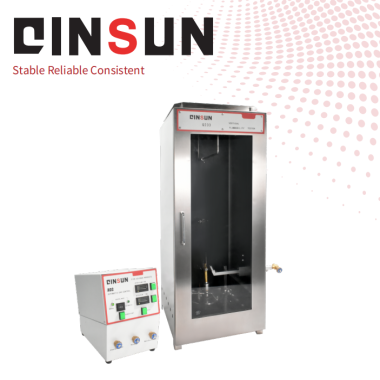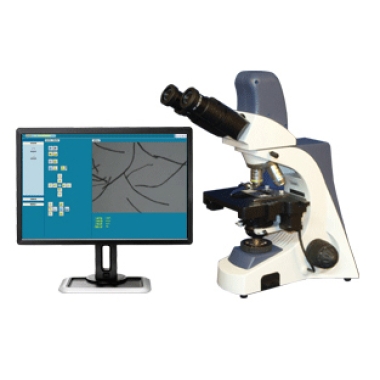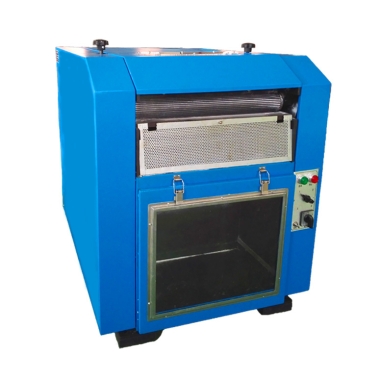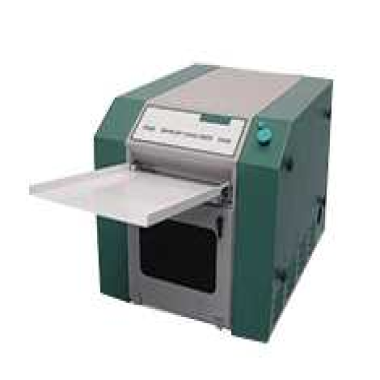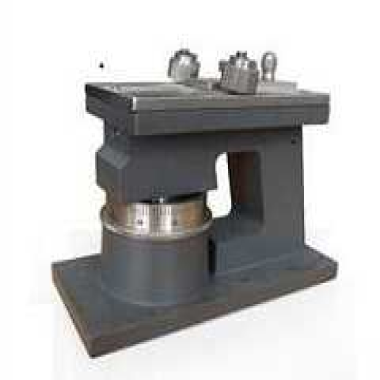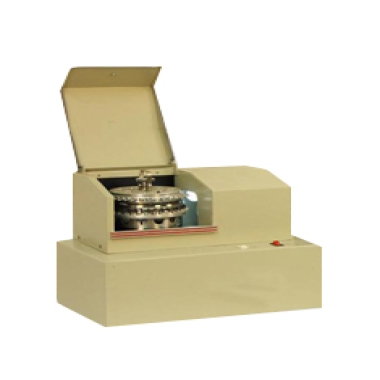Automobile seat belt locking performance tester

Compliance Standards
- FMVSS 209 (Seat Belt Assemblies)
- ECE R16 (Safety Belt Requirements)
- ISO 13046 (Road Vehicle Seat Belt Testing)
- GB 14166 (China Seat Belt Standard)
JIS D4604 (Japanese Industrial Standard)
Main parameters:
Control system:
PLC control system is usually used to realize automatic control and data processing.
Operation interface:
It is equipped with a color touch screen and supports switching between Chinese and English for easy operation.
Emergency lock test parameters:
After installation, the winder can reach a speed of 2.94m/s within 50ms to simulate the locking function in emergency situations.
Angle adjustment:
The installation Angle can be adjusted, such as the winding shaft to the horizontal plane of 45°, 90°, 135° and 180° to adapt to different test requirements.
Vehicle acceleration adjustment range:
The acceleration adjustment range is usually 0.2——1.5g (can be set) to meet the needs of different test conditions.
Acceleration adjustment step:
The acceleration adjustment step is usually less than or equal to 0.05g to ensure the accuracy of the test.
Maximum displacement of car feeling:
The maximum displacement of the car is usually 100mm, which is used to simulate the displacement of the vehicle during an emergency stop or collision.
Inductive acceleration adjustment range:
The inductive acceleration adjustment range is not less than 0.2——2.5g to adapt to the test needs of different seat belt materials.
Acceleration measurement accuracy:
The measurement accuracy of acceleration is usually less than 0.01g to ensure the accuracy of the test results.
Repeatability deviation of acceleration:
The repeatability deviation of acceleration is usually less than or equal to ±0.01g to ensure the stability and reliability of the test results.
Maximum overshoot of acceleration:
The maximum overshoot of the acceleration is usually less than 10% of the set acceleration value to ensure the accuracy of the test.
Seatbelt locking distance measurement accuracy:
Seat belt lock distance measurement accuracy is usually less than or equal to ±0.01mm, to ensure the accuracy of the test results.
Key Features
- Emergency Locking Retractor (ELR) verification
- Vehicle deceleration simulation
- Micro-slip measurement (0.01mm)
- Webbing tension profile analysis
- Automatic pretensioner test mode
Test Capabilities
| Test Type | Standard | Parameters |
|---|---|---|
| Emergency Lock Test | FMVSS 209 S4.2 | 0.7g acceleration |
| Webbing Extraction | ECE R16 8.4 | 0.5m/s @ 20N |
| Durability Test | ISO 13046 | 25,000 cycles |
Measurement System
- Laser displacement sensors
- High-speed load cells (10kHz)
- Rotary encoder (0.1° resolution)
- Thermal imaging (lock mechanism)
Standard Configuration
- Servo-electric actuator system
- 3D adjustable belt anchorage
- Crash pulse simulator
- BeltTest Pro analysis software
Automotive Options
- Child seat anchor test kit
- High-speed camera system (10,000fps)
- Environmental chamber (-40°C~+85°C)
- Pretensioner firing system
Safety Systems
- Double emergency stop circuits
- Overload mechanical fuse
- Safety light curtain barrier
- Automatic system deactivation
Test Protocol Example (FMVSS 209)
- Mount seat belt assembly per OEM specs
- Apply 0.7g vehicle deceleration
- Measure lock time ≤50ms
- Verify webbing slippage ≤25mm
- Repeat test at ±30° angles
Maintenance Requirements
- Monthly load cell calibration
- Quarterly actuator alignment
- Annual NIST traceable verification
5-year structural integrity check
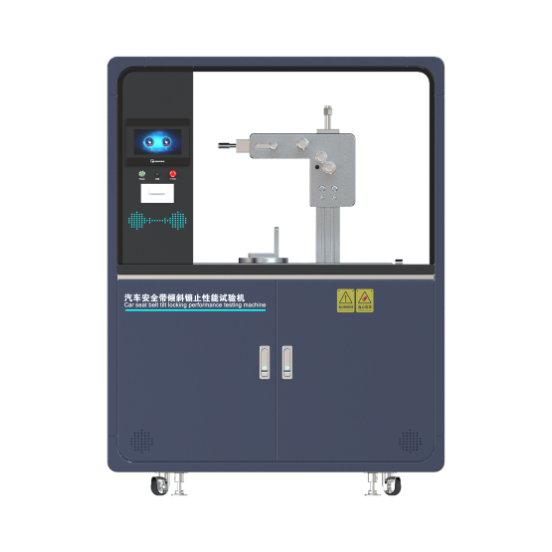
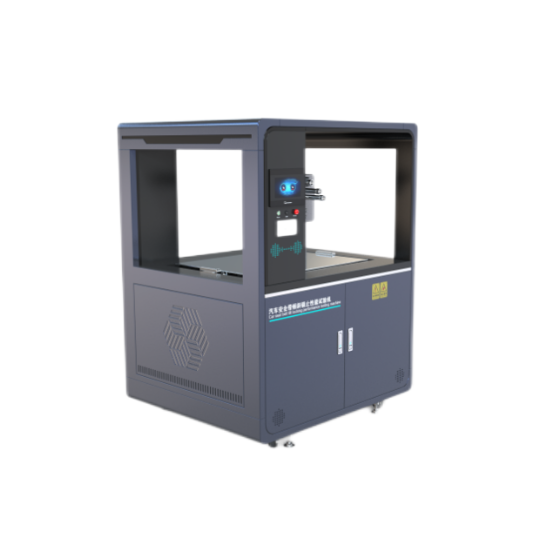
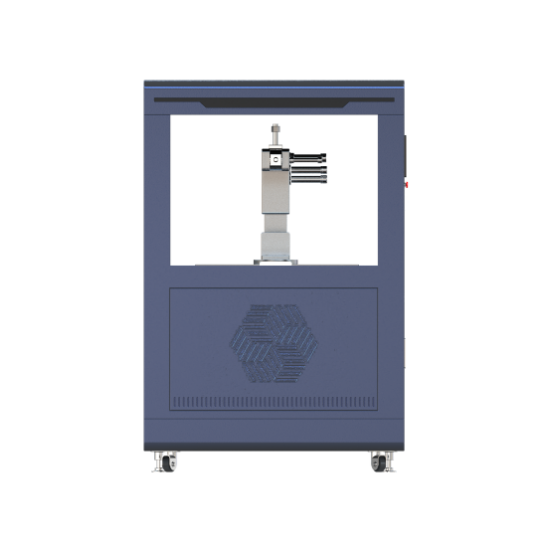
Leave Message Get Price



